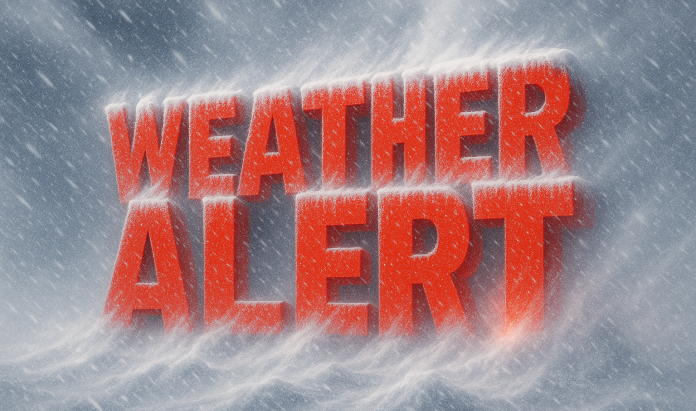Charleston, WV – West Virginians planning Thanksgiving travel may face a wet and occasionally wintry pattern, as new federal long-range outlooks show a 33–40% probability of above-normal precipitation across the state from November 23 through November 29.
According to the Climate Prediction Center’s 8–14 Day Outlook released Saturday, West Virginia sits along a developing storm corridor stretching from the Midwest through the central Appalachians. With colder air nearby to the west and northwest, the elevated precipitation signal could bring periods of cold rain, mixed precipitation, or wet snow depending on elevation and timing.
The higher terrain of eastern and central West Virginia—including Snowshoe, Elkins, Davis, and the Allegheny Highlands—carries the best chance for early-season snowfall. Even modest storm systems can produce accumulating wet snow in this region during late November, especially overnight or along mountain passes on US-33, US-219, and US-250.
North-central West Virginia—including Morgantown, Clarksburg, and Fairmont—sits within the same 33–40% zone. Temperatures here will hover near the rain–snow line, meaning cold rain is most likely, though a brief mix is possible if colder pockets dip south mid- or late week.
Southern and southwestern regions—Charleston, Huntington, and Beckley—should also see above-normal precipitation, with colder air occasionally close enough to support a rain–snow mix in the higher elevations near Beckley and Oak Hill.
Thanksgiving week historically brings some of the state’s heaviest traffic, especially along I-77, I-79, and the West Virginia Turnpike. Even light snow or mixed precipitation can quickly reduce driving speeds over mountain terrain.
Air travel delays are also possible at Yeager Airport in Charleston, North Central West Virginia Airport in Bridgeport, and nearby Pittsburgh International if systems arrive during peak holiday departure windows.
Forecasters expect greater clarity early next week as short-range models begin capturing individual storm systems.





